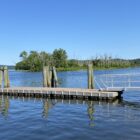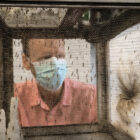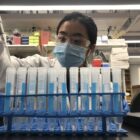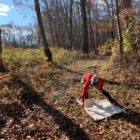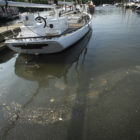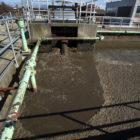A Deadly Mix For Boaters: Distractions, Alcohol And No Life Jacket
|
On a warm, slightly overcast Sunday afternoon last August 8, boaters near the Salmon River boat launch on the Connecticut River in East Haddam noticed a personal watercraft drifting without a rider. Less than an hour later, state environmental police recovered a man’s body floating nearby in a no-wake zone. Stephen Fabian, 59, of Moodus, had fallen off the watercraft and drowned. State environmental officials said his life jacket was ill-fitting and had slid up around his head, and the state Department of Energy and Environmental Protection (DEEP) reported that his blood-alcohol level was well over the legal intoxication limit. “The way he died was tragic,” his best friend, Dana Pitts of Westbrook, said.
